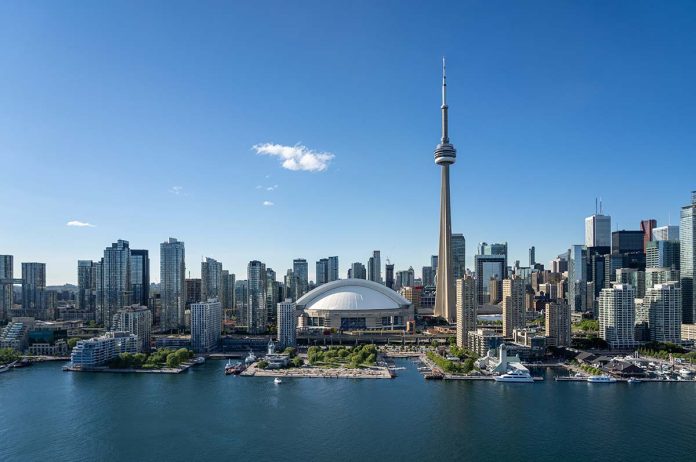Toronto is one of the world’s most multicultural cities, a melting pot of languages, traditions and customs, a condition also reflected in its architecture. In the streets, buildings, parks and attractions of the city in Ontario, Canada’s largest in terms of population, this multiplicity is perfectly represented by a mixture of historical and modern, on view in practically every corner of the urban fabric.
The skyline closely resembles that of nearby cities in the USA, with skyscrapers standing out against a background of extraordinary natural beauty. But in this case, there is also a fascinating underground city that always catches the eye of visitors.
Let’s take a tour of the city to discover its architectural excellence and attractions. We can start with the DesignTO Festival, an event that spreads into various districts and institutions, in coordination with IDS (Interior Design Show), the trade fair of reference for the sector in Canada, and also for a large portion of North America.
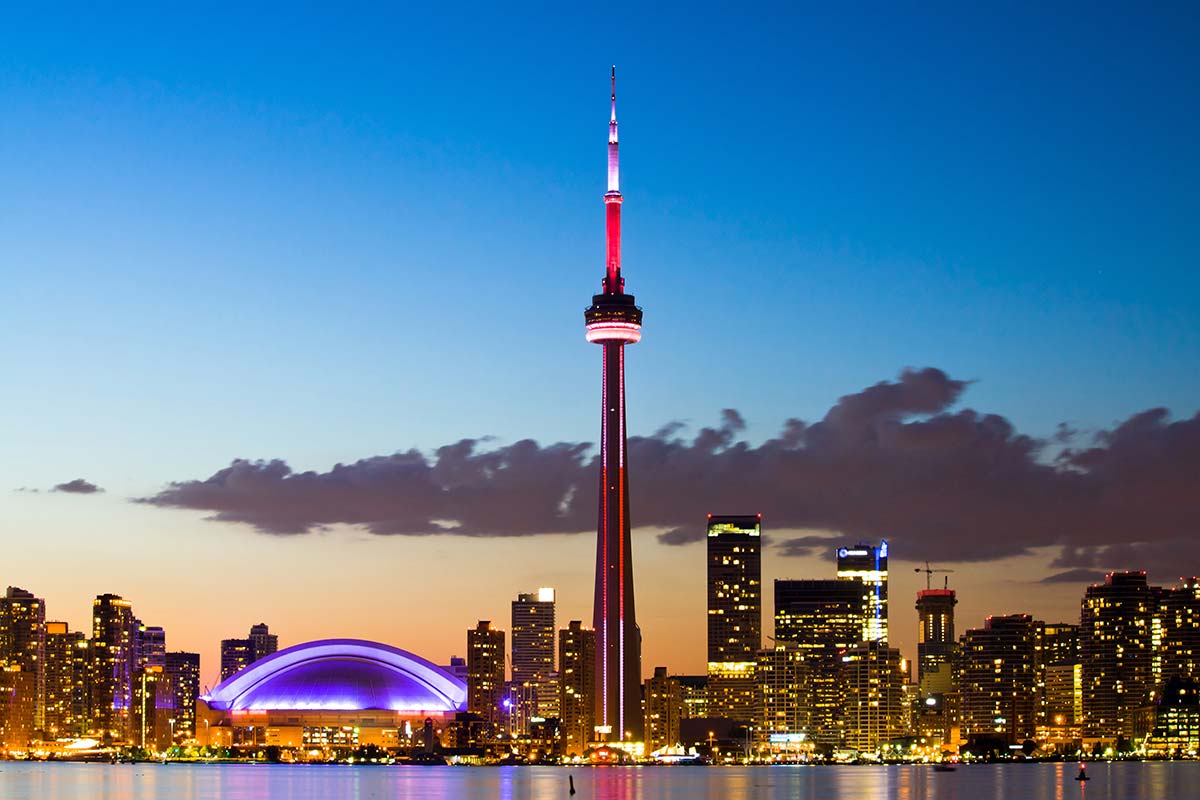
CN Tower and the Financial District
The CN Tower, with its height of 553 meters, is undoubtedly the most characteristic feature fo the Toronto skyline, and the symbol of the city. It is considered one of the wonders of the modern world, and until 2007 (when it was surpassed by the Burj Khalifa in Dubai) it has been the world’s tallest tower. You can reach the top of the structure with its panoramic terraces thanks to very fast high-tech elevators.

Besides the tower, the modern spirit of the city is represented by the lively, dynamic Financial District, the business hub of Canada, featuring the skyscrapers of Bay Street. One of the most famous and fascinating structures of the zone is CIBC Square, headquarters of the Canadian Imperial Bank of Commerce, a complex with a height of 250 meters and a glass façade covering distinct volumes, making it seem like two skyscrapers that have merged into one.
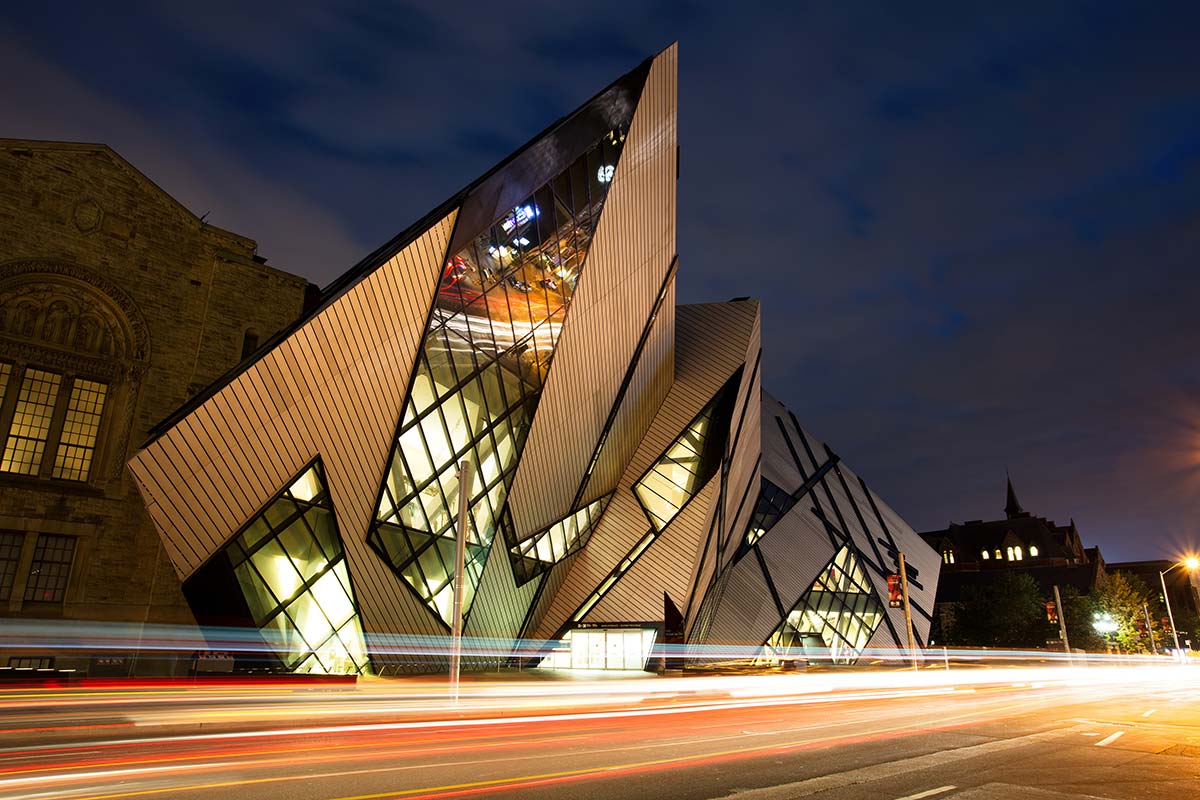
Royal Ontario Museum and Harbourfront Centre
Another leading Toronto attraction is the Royal Ontario Museum. Opened in 1912, it contains a remarkable art collection, displayed in 40 galleries. The structure of the ROM is also interesting in architectural terms, combining the complex of the early 20th century with a contemporary addition in steel and glass (by the architect Daniel Libeskind).

One of the most lively and intriguing zones of Toronto is the Harbourfront Centre. It is located on the shore of Lake Ontario and hosts over 4000 events each year, including theater, dance, literature, music, film, art and crafts. The structure was made by starting with various abandoned warehouses, transformed into theaters and art galleries. The Harbourfront also offers restaurants, many small parks and the Sugar Beach, a former parking area transformed into a truly unique urban beach.
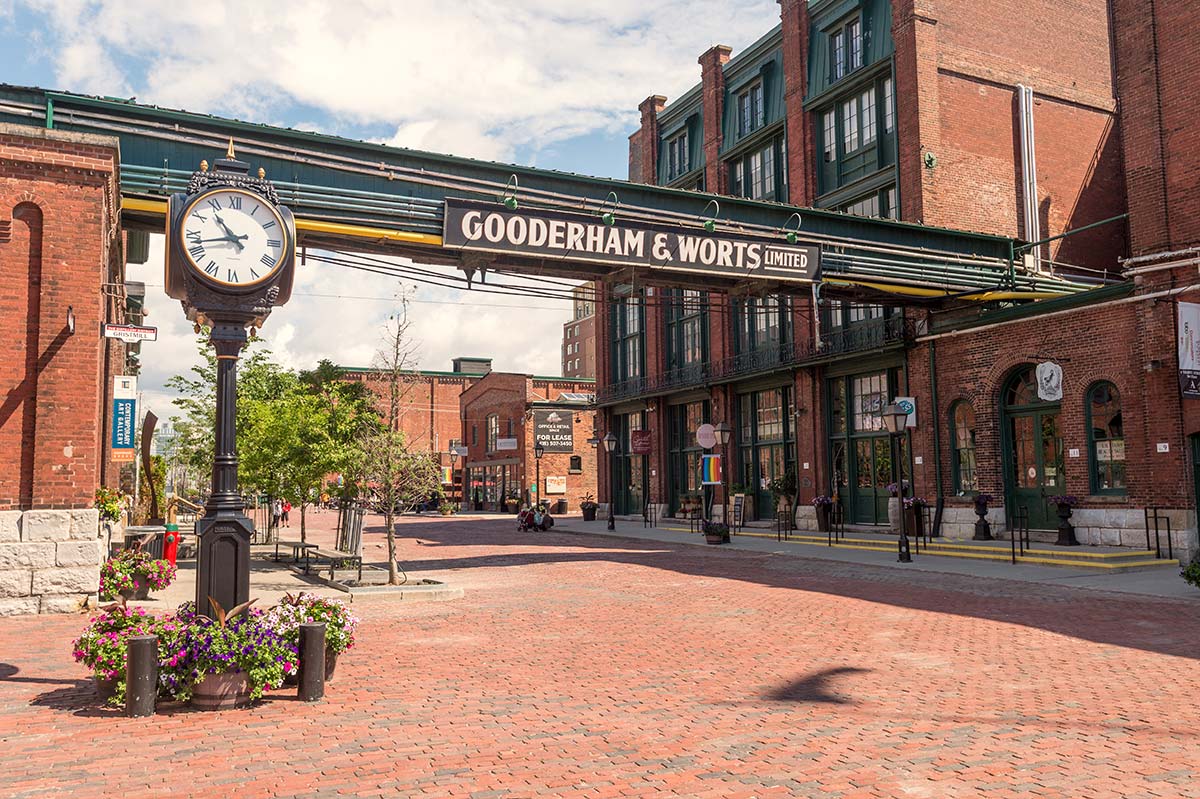
Distillery District and Ripley’s Aquarium of Canada
Historic Toronto has a very precise position: the old Distillery District. Its streets, buildings and intersections conserve the architecture and design of the Victorian era, in total industrial style, where the streets still have cobblestones. The most important building of the Distillery District is the Gooderham & Worts Stone Distillery, built in limestone in 1859-60 and now the home of restaurants, galleries and offices.
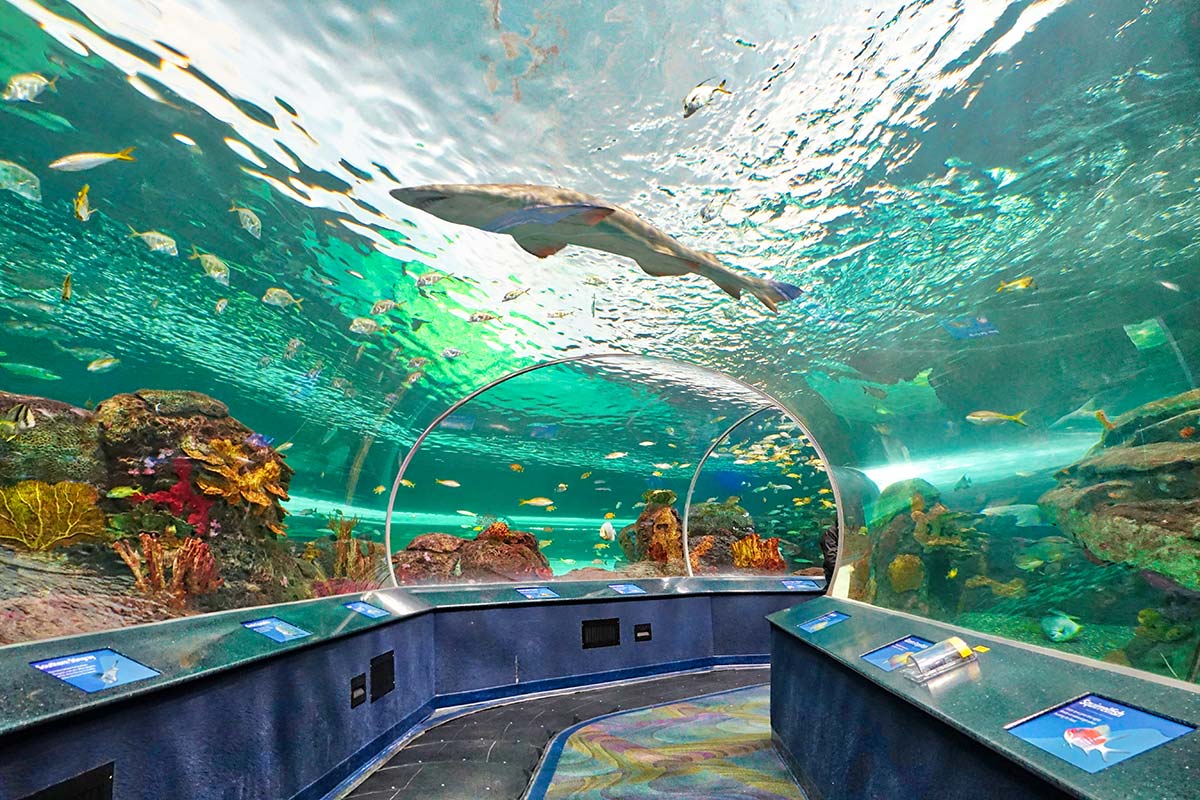
Getting back to the modern world, one must-see attraction is Ripley’s Aquarium of Canada, an enormous aquarium in which to observe fish (even the most dangerous) from their own underwater perspective. The transparent viewing tunnel with a length of about 100 meters crosses a body of over 5.7 million liters of water, containing 100 different marine species.
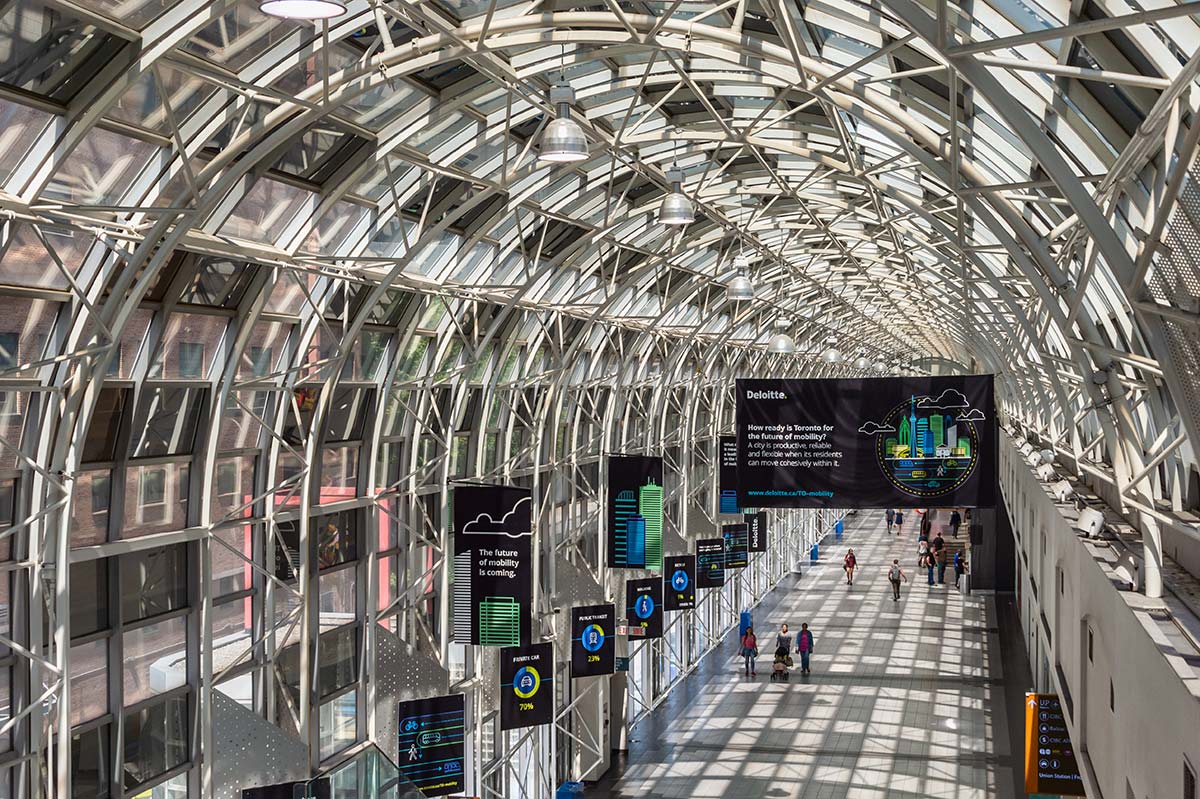
Path, the underground city
There are actually two Torontos, one on the surface and the other below. Underground Toronto is known as Path, and extends for about 30 km below street level. It has been created for shelter from bad weather and the icy wind that often blows in this part of Canada. The network of arteries connects as many as 75 buildings, 6 metro stations, 3 department stores, 9 hotels and Union Station. The warren of passages was first created in 1900 and then developed at the start of the 1970s, reaching its present size with a sophisticated system of interconnections.
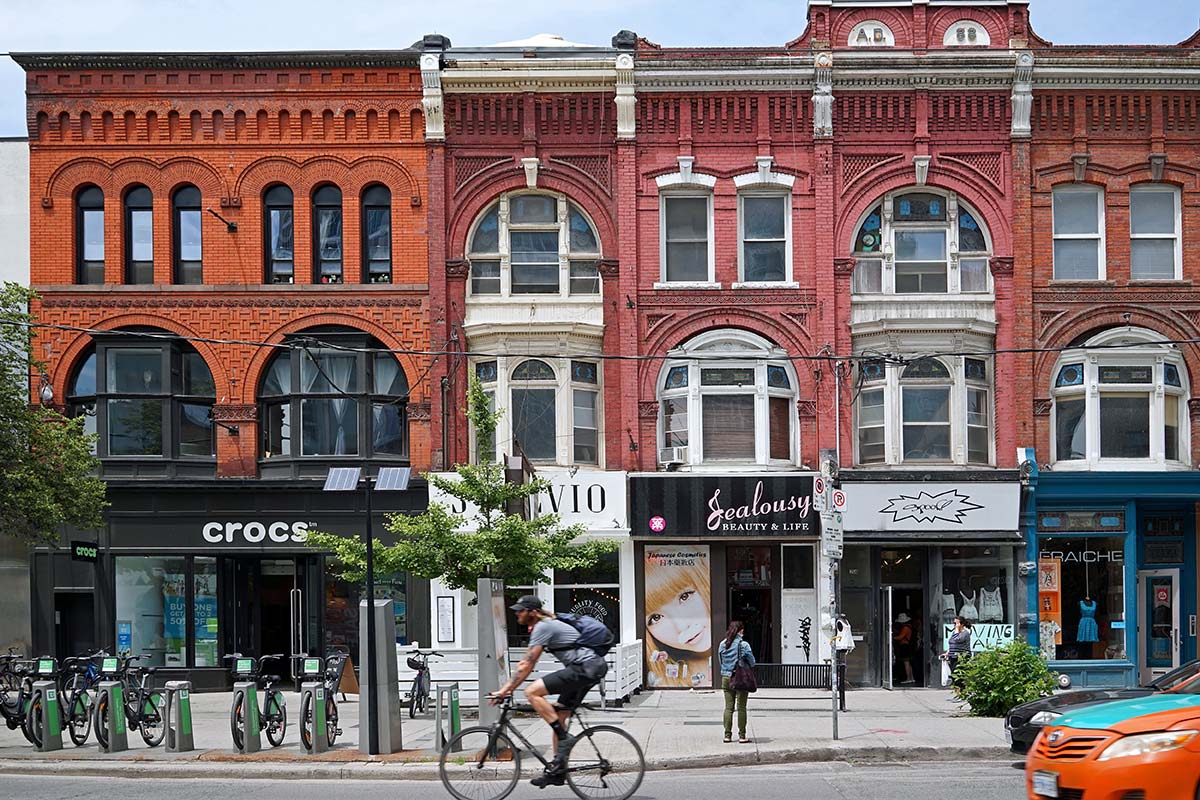
West Queen West
In a visit to Toronto visitors should make a stop at West Queen West, the coolest zone of the Canadian city, with fashionable restaurants and design cafes, independent boutiques, street art and galleries. This is the area for the city’s trendiest venues, like the Prime Seafood Palace run by the chef Matty Matheson. The structure was made by covering an existing building with brick, and inside an iconic ‘cloud’ clad in wood filters natural light, creating a truly unique effect.
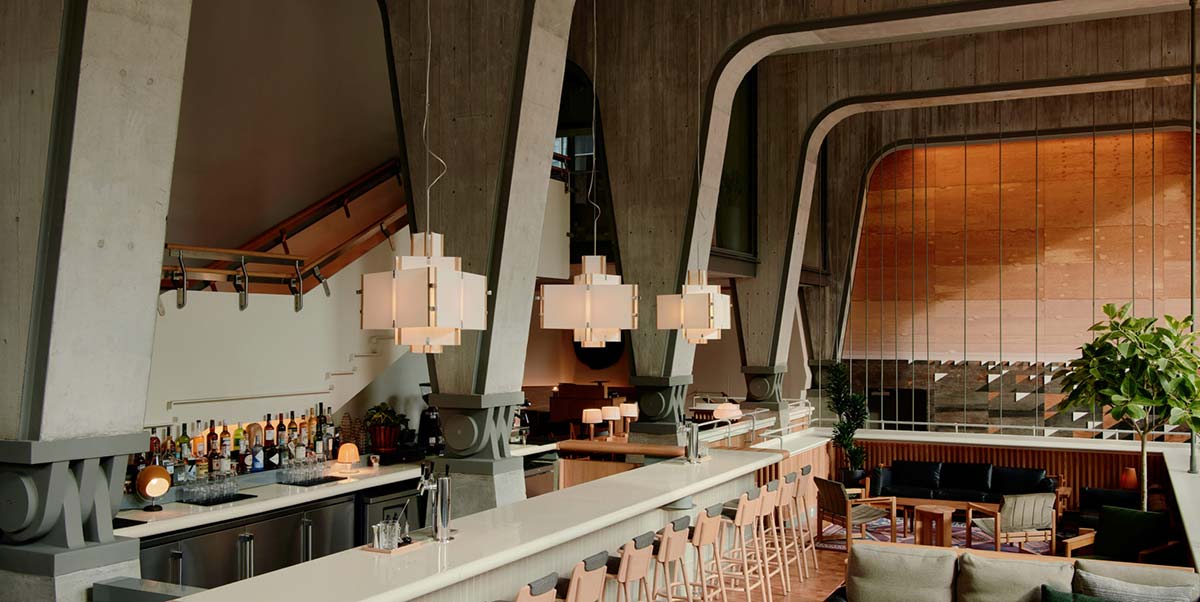
One of the most interesting works of architecture in Toronto is the one containing the Ace Hotel. The structure is composed of a lobby suspended from enormous concrete arches, and the building is clad in red brick, a reminder of the city’s less affluent past. The Ace Hotel is in the historic Fashion District of Toronto, next to West Queen West, with its important boutiques inside converted warehouses and textile factories.
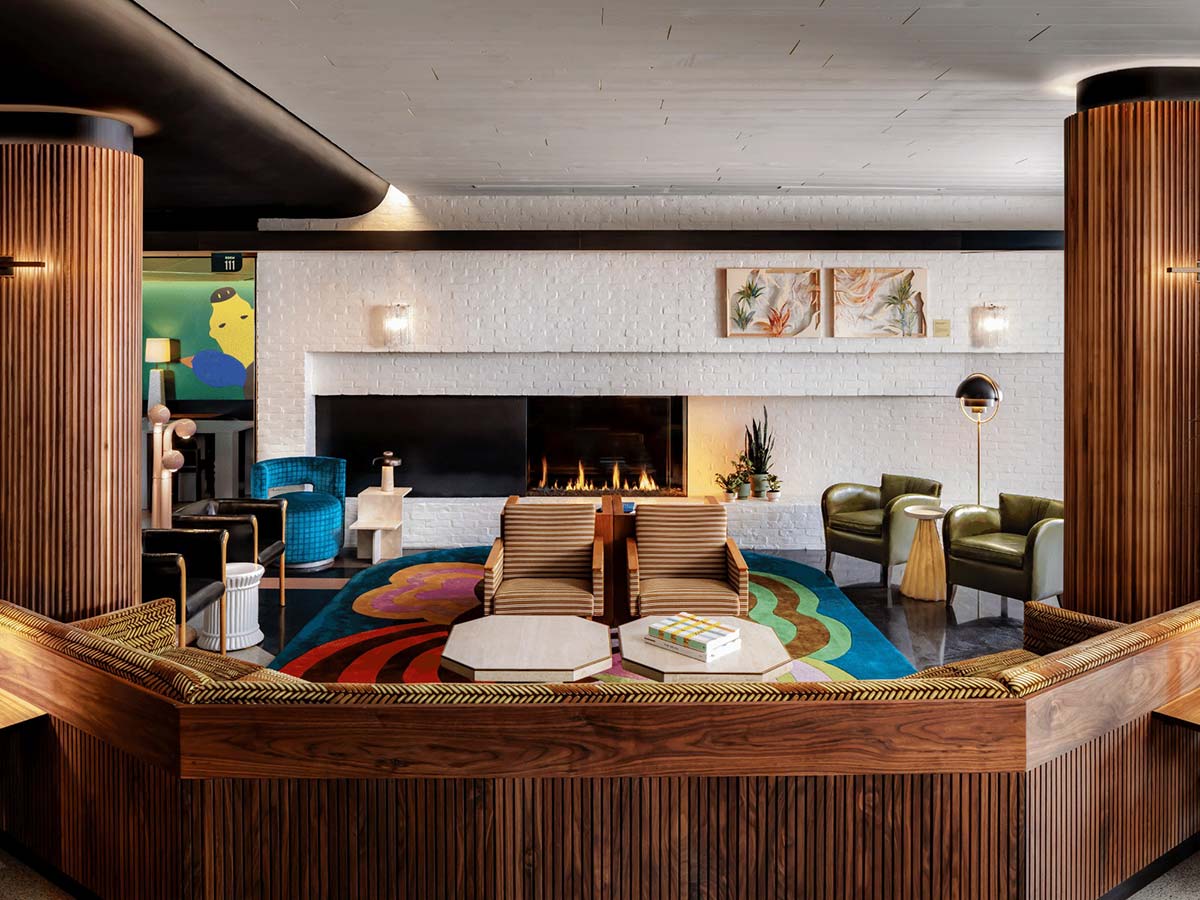
Those who want to spend time in Toronto, immersed in its dual modern and historical spirit, would do well to choose the Drake Hotel. The structure is contained in a gleaming contemporary building – the Modern Wing – perfectly inserted into the historic wing of the hotel, known as the Classic Wing. Inside the 32 guestrooms, there are unique design objects, signature furnishings and many works of art.

